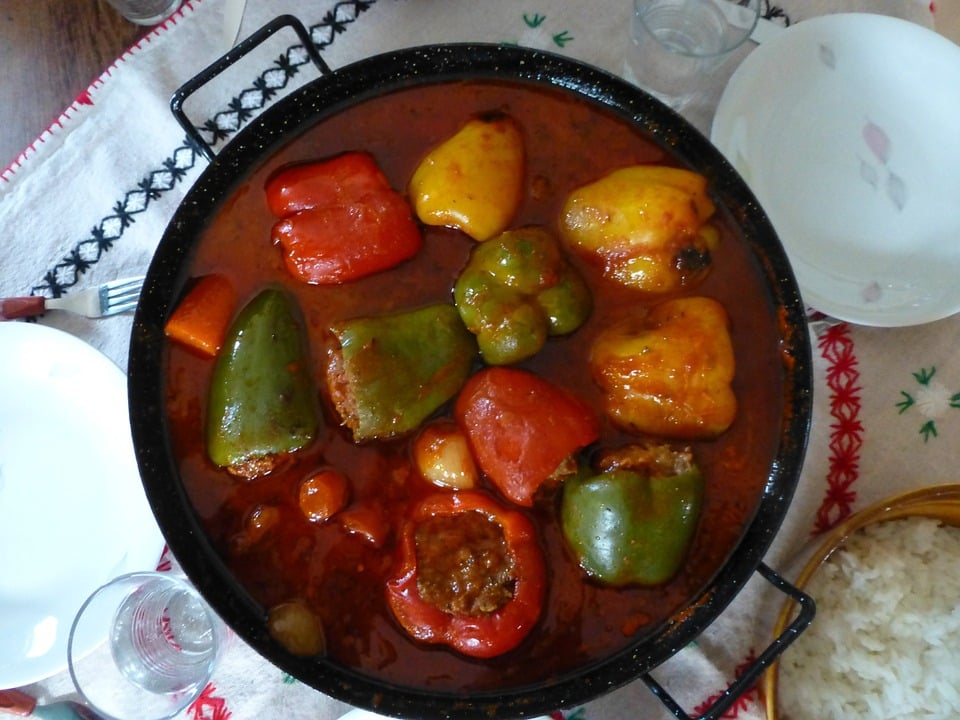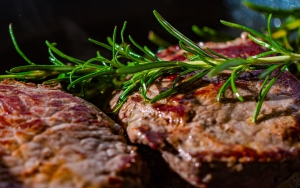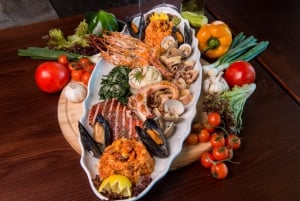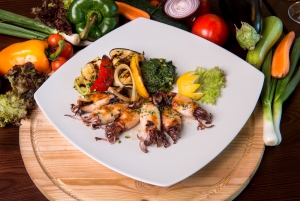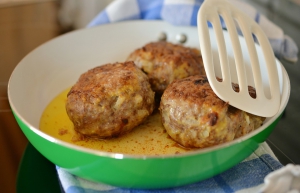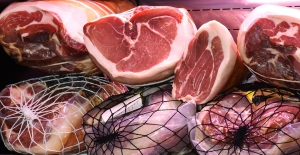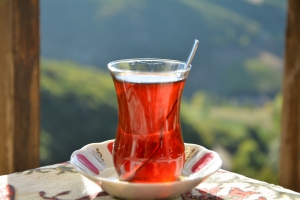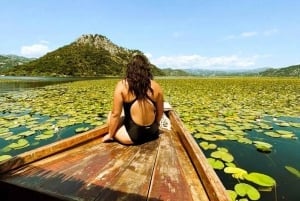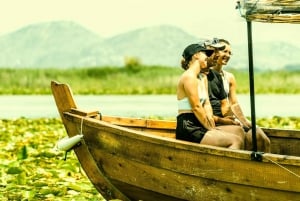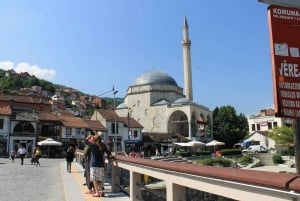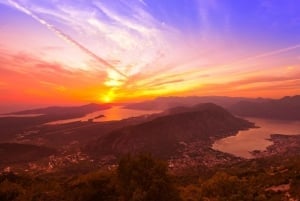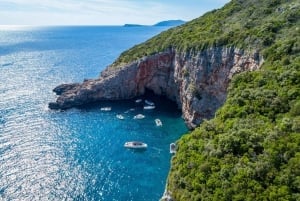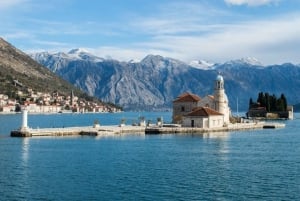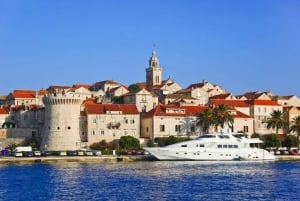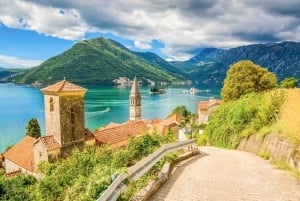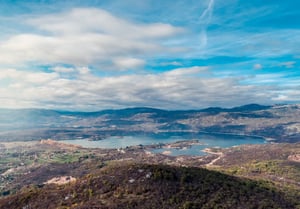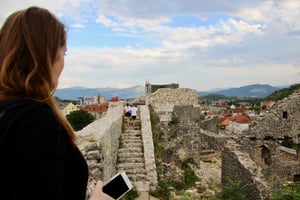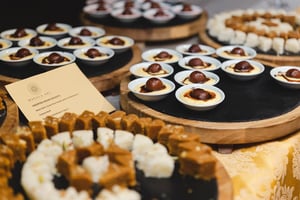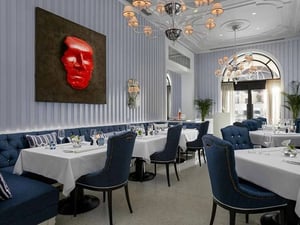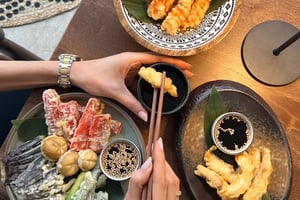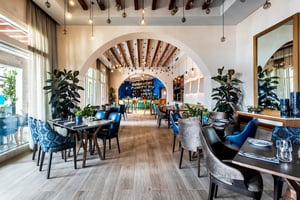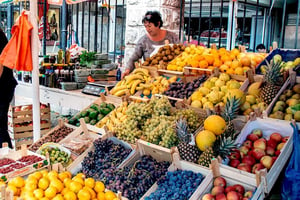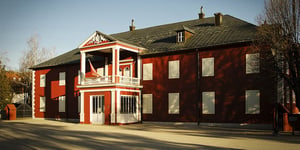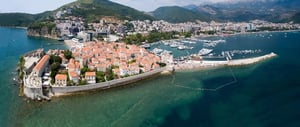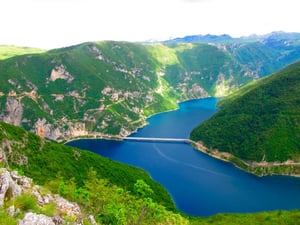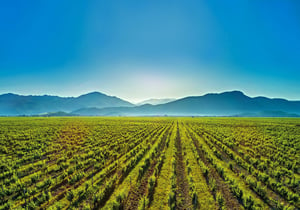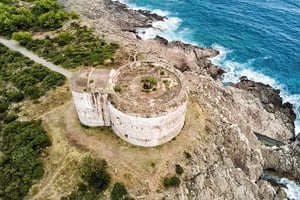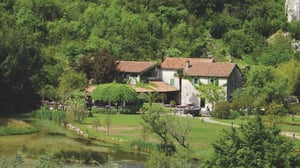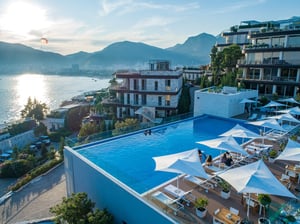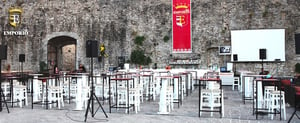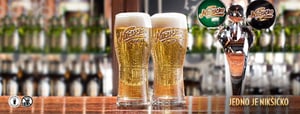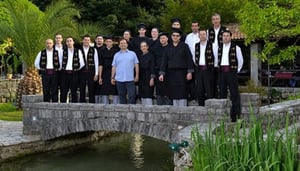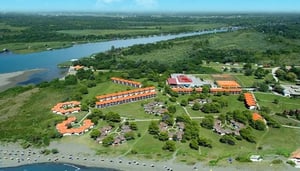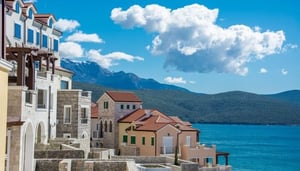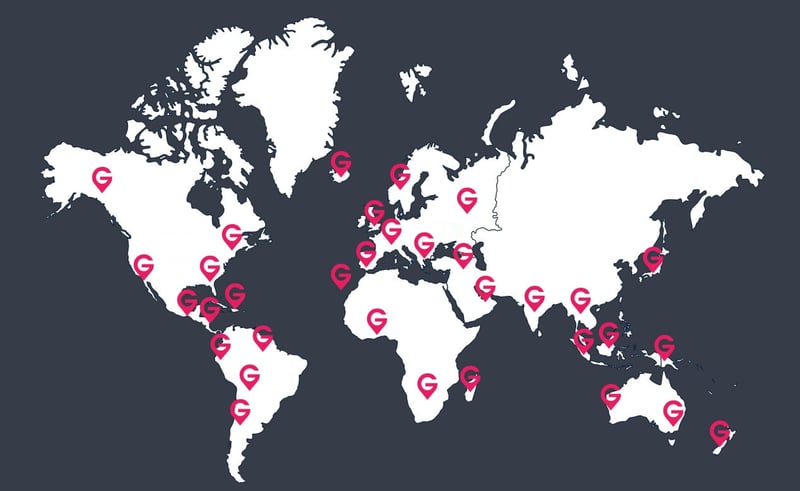Montenegrin Food and Drinks with Turkish Influence
Editorial from Turkey
Book Top Experiences and Tours in Montenegro:
If youʻre booking your trip to Montenegro last minute, we have you covered. Below are some of the top tours and experiences!- Skadar Lake National Park Guided Boat Tour with Wooden Boat
- Lake Skadar: Guided Panoramic Boat Tour to Kom Monastery
- From Skopje: Pristina and Prizren Private Sightseeing Tour
- From Podgorica: Kotor & Budva Old Towns Tour and Skadar Lake
- From Kotor: Transfer to Podgorica Airport or City
Traditional Turkish Cuisine
When we speak about the influence of Turkish cuisine especially on the Mediterranean countries, it is necessary to mention the expansion of the Ottoman Empire to these regions. In recent history, the Ottomans controlled parts of the Middle East and Europe, Inner Asia and Egypt. This has helped them to gain complete control of major trade routes, and having an ideal environment thanks to the convenient climate, allowed plants and animals to flourish. Such advantages helped to develop and advance the influence that Turkish cuisine is going to have in the upcoming years. Not only they have spread the influence of their own cuisine, but Turks have also spread influences they have gained from other countries.
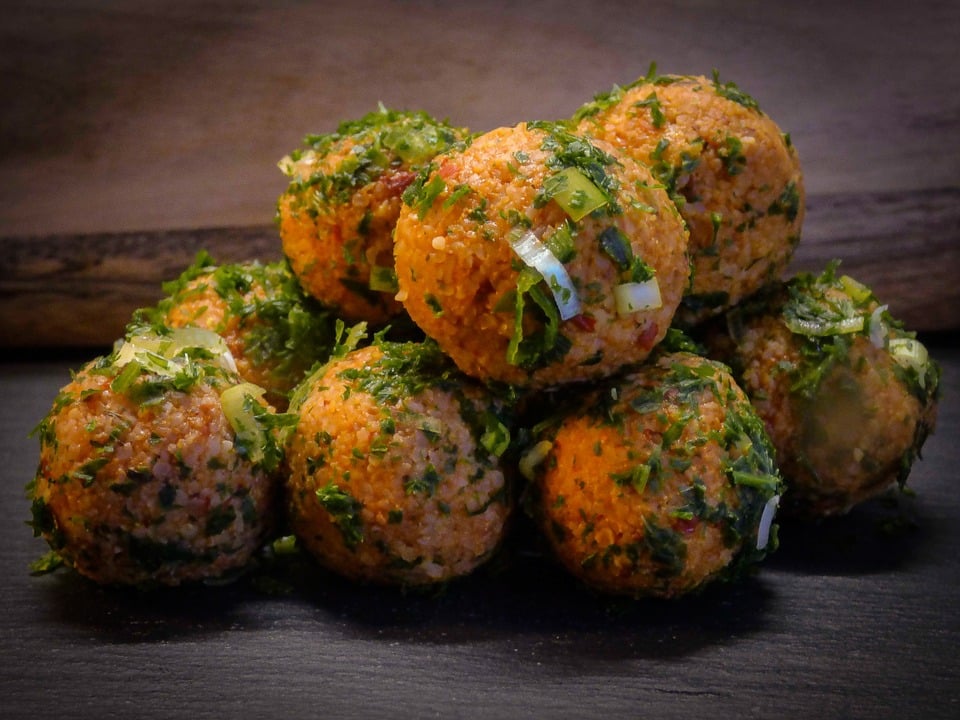 Turkish Meatballs
Turkish MeatballsThe Turkish art of cooking varies across the country, from Istanbul to Bursa, Izmir, Adana, Gaziantep all the way to Trabzon, and other cities. The centre of the Turkish cuisine is the Marmara region, which includes Istanbul as the culinary epicentre, and other cities like Edrine, which is widely known for its cheese, and Bursa for döner kebab. The Aegean and the Mediterranean region, which goes all over to the coast of Izmir, is abundant in fish, seafood, and vegetables. The Black Sea regionâs cuisine uses fish extensively especially the Black Sea anchovy or hamsi. Rize is famous for its high-quality tea, which is distributed all over the country and abroad. Central Anatolia has its own specialities such as mantı, keÅkek, peynirli pide, and gözleme, while the South-East Anatolia region is famous for its sweets like baklava, kadayıf, and künefe in the cities of Urfa, Gaziantep, and Adana. Eastern Anatolia its renowned for its ayran, cheese, honey, yoghurt, kürt köftesi or meatballs etc.
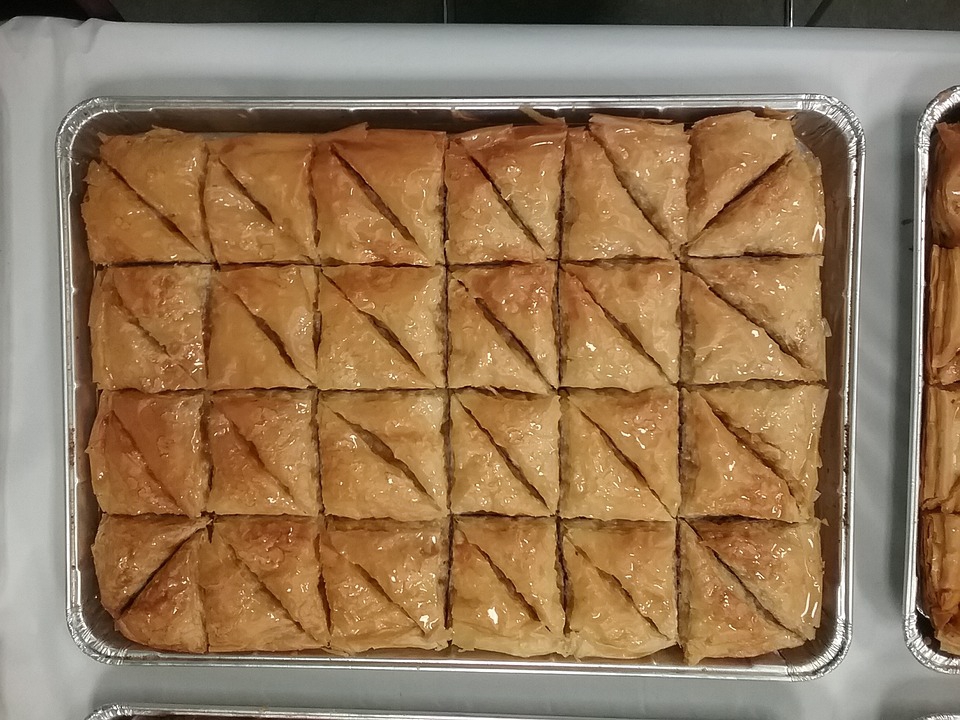 Turkish Baklava Cake
Turkish Baklava Cake
Montenegro Cuisine with Turkish Influence
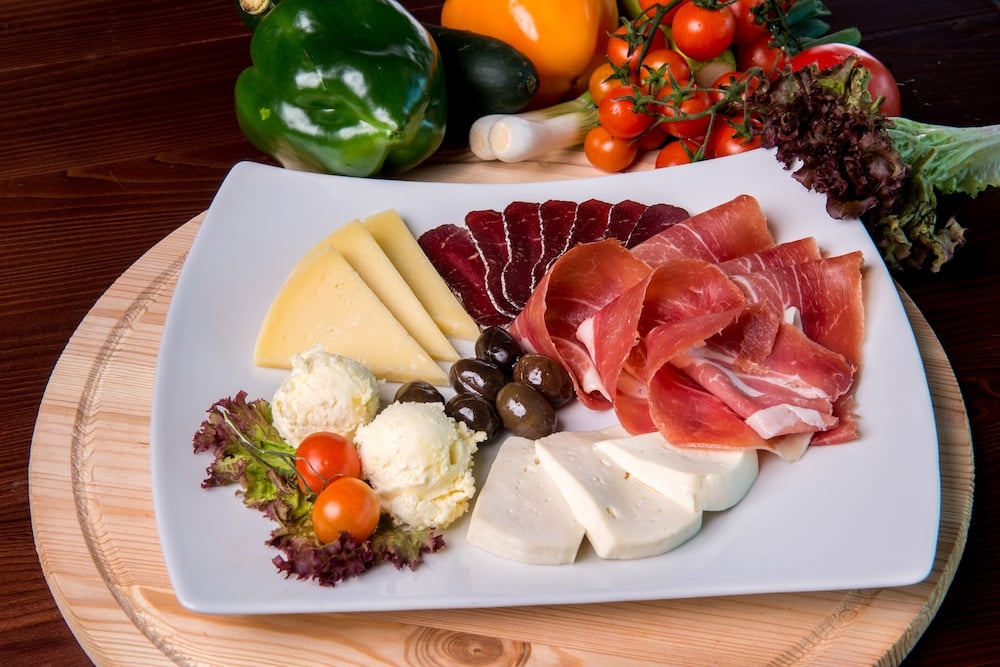 Appetiser Plate in Montenegro, Photo by Restaurant Conte Perast
Appetiser Plate in Montenegro, Photo by Restaurant Conte PerastMost of the dishes and sweets that have remained in this area (not only Montenegro but the whole Balkan area) have remained in a slightly modified form, as we have given them our own mark. For example, some of the most wide-spread and favourite meals like sarma, burek (börek), mantije (mantı), stuffed peppers (dolma), Äufte (köfte; eng.meat balls), pilav, baklava, helva (halva) etc. are actually Turkish meals, prepared in a slightly different way.
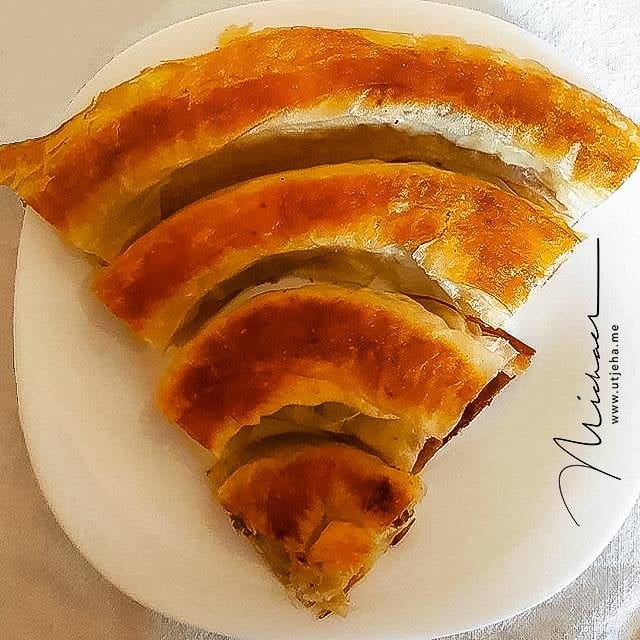 WiFI Borek in Montenegro, Photo by Utjeha.me
WiFI Borek in Montenegro, Photo by Utjeha.meFor example sarma, a dish which was created under the influence of Turkish cuisine is cooked from mixed minced meat, which dominates the other main ingredient, rice, and is usually wrapped into cabbage leaves. In Turkish sarma dish, rice dominates over meat, and sarma is much smaller and wrapped into the vine leaves.
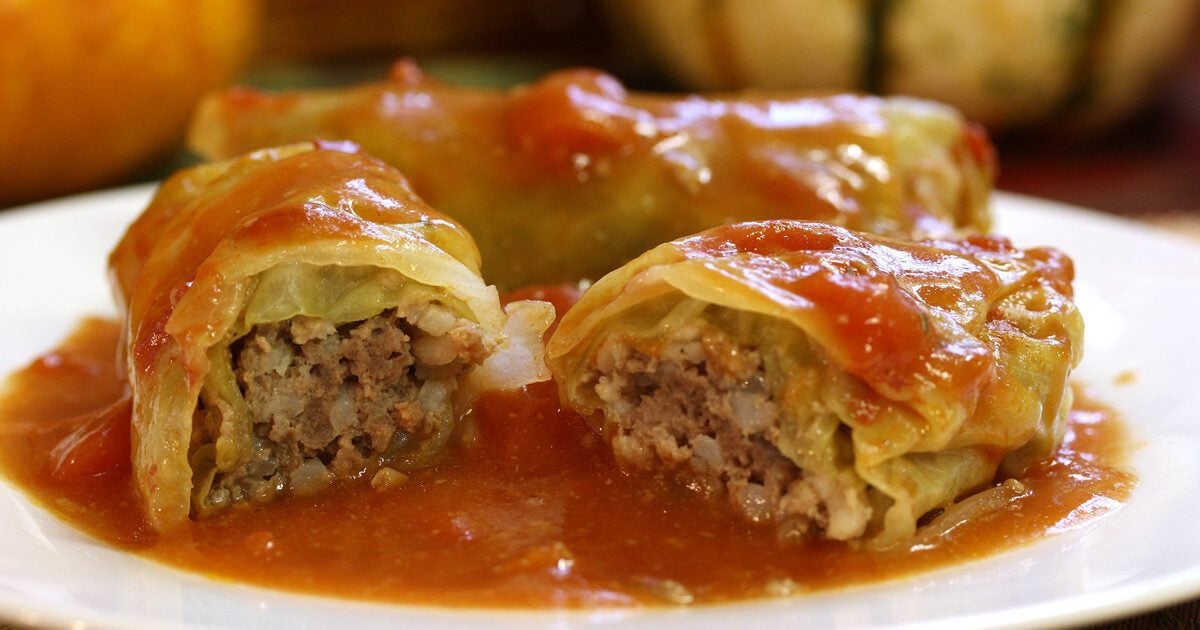 Montenegrin Sarma, Photo by I Bike Belgrade
Montenegrin Sarma, Photo by I Bike Belgrade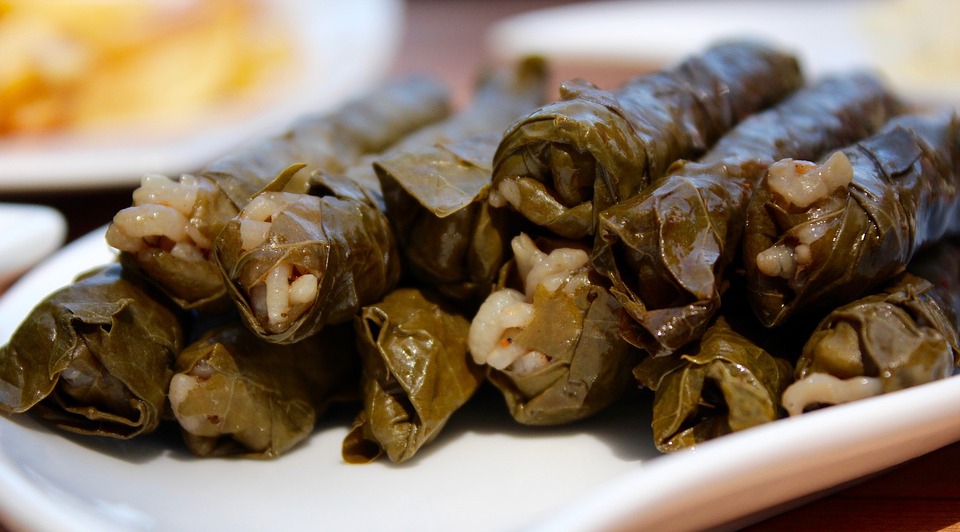 Turkish Sarma
Turkish SarmaAnother dish, mantı (mantije) in Turkish cuisine represent a special-stuffed dough with a spicy mixture of meat that is either steamed or cooked. In our culture, mantije are a dish made of wheat flour, minced meat or cheese, so that the meat or cheese is wrapped is small squares of dough, which is baked.
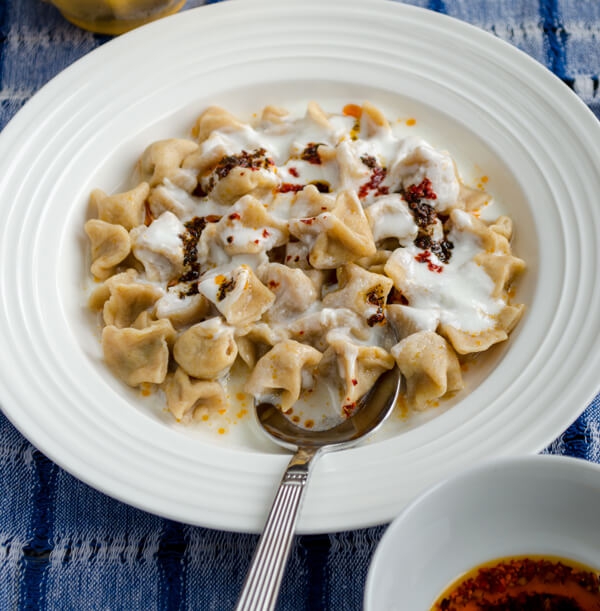 Turkish Manti, Photo by giverecipe.com
Turkish Manti, Photo by giverecipe.com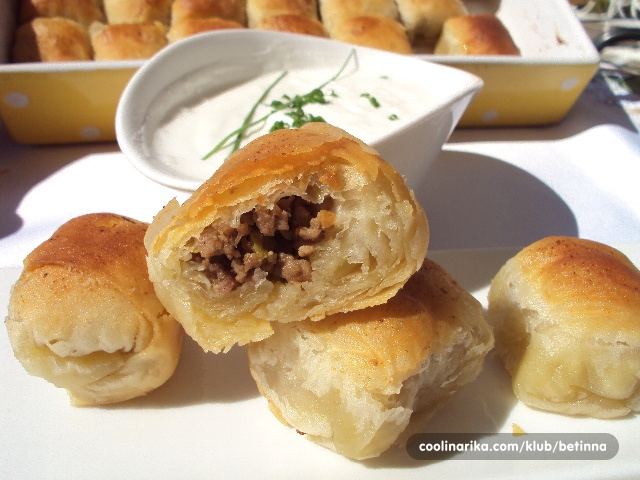 Mantije as in Montenegro, Photo by coolinarika.com
Mantije as in Montenegro, Photo by coolinarika.com Use of olives in salads and sea dishes that is characteristic for the southern parts of Montenegro comes from the Turkish cuisine, where is an unavoidable part of breakfast.
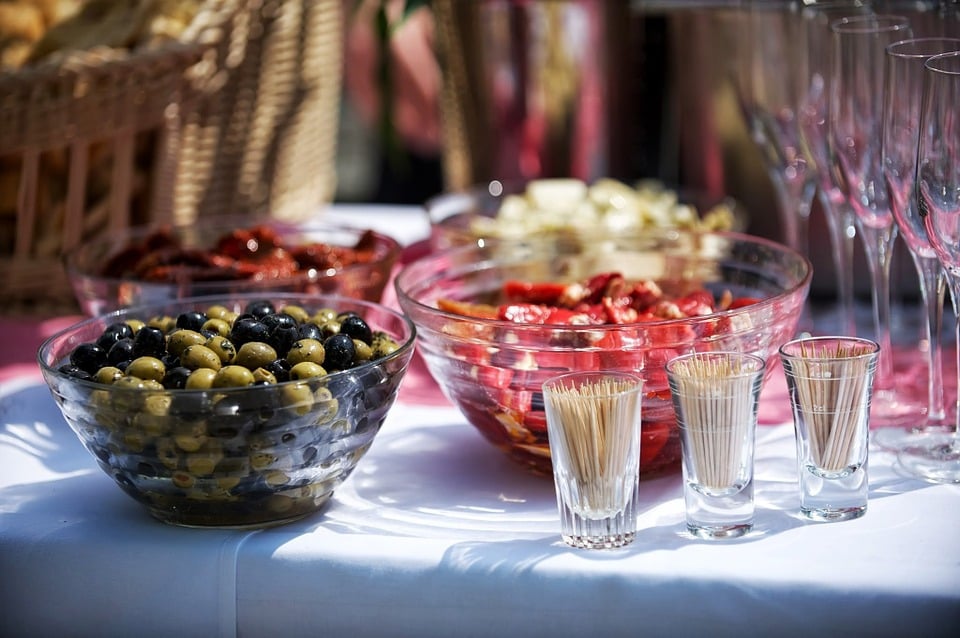 Olives as tradition in both countries
Olives as tradition in both countries
Turkish Coffe Ritual in Montenegro
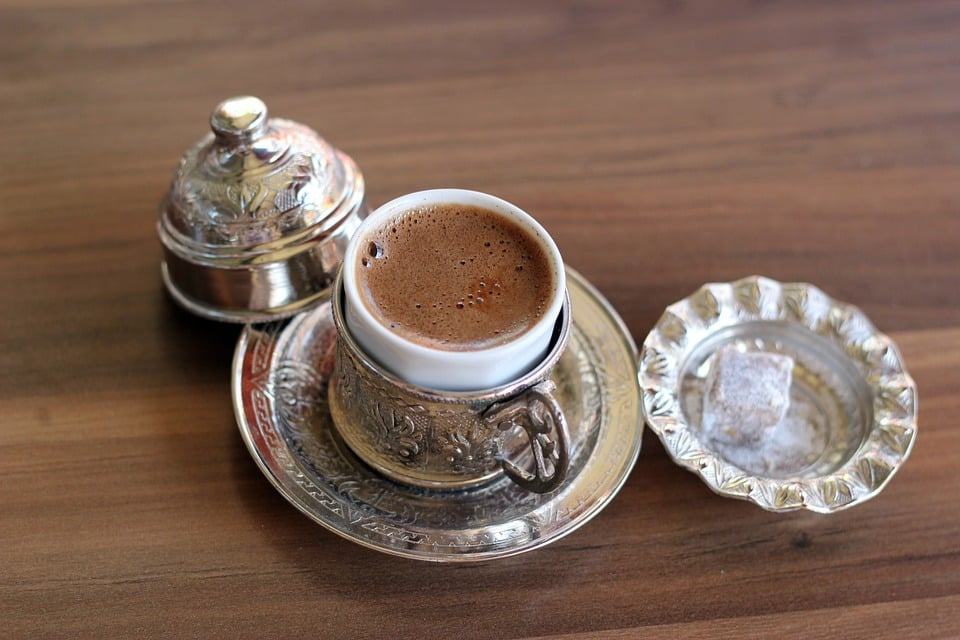 Traditional Turkish Coffee
Traditional Turkish CoffeeIn Montenegro, drinking coffee is an essential part of the day, and itâs impossible to start your day without a cup of a strong black âTurkish coffeeâ. It is drunk in every occasion and if you are gathering with friends or family or even business partners, it's not strange to hear "Let's go for a coffee and chat/discuss business." All the expats in Montenegro are getting quickly used to this routine, as it's quite relieving and it gives you the opportunity to enjoy little moments during the day! One of the favourite things about drinking Turskih coffee in Montenegro is âgledanje u soljuâ, or the coffee-cup-fortune-telling, from the mud left in a cup after drinking the coffee. It is interesting that what is known as Turkish coffee here, isnât actually Turkish. Turks import their coffee and this custom of drinking coffee has been taken from the Arabs.
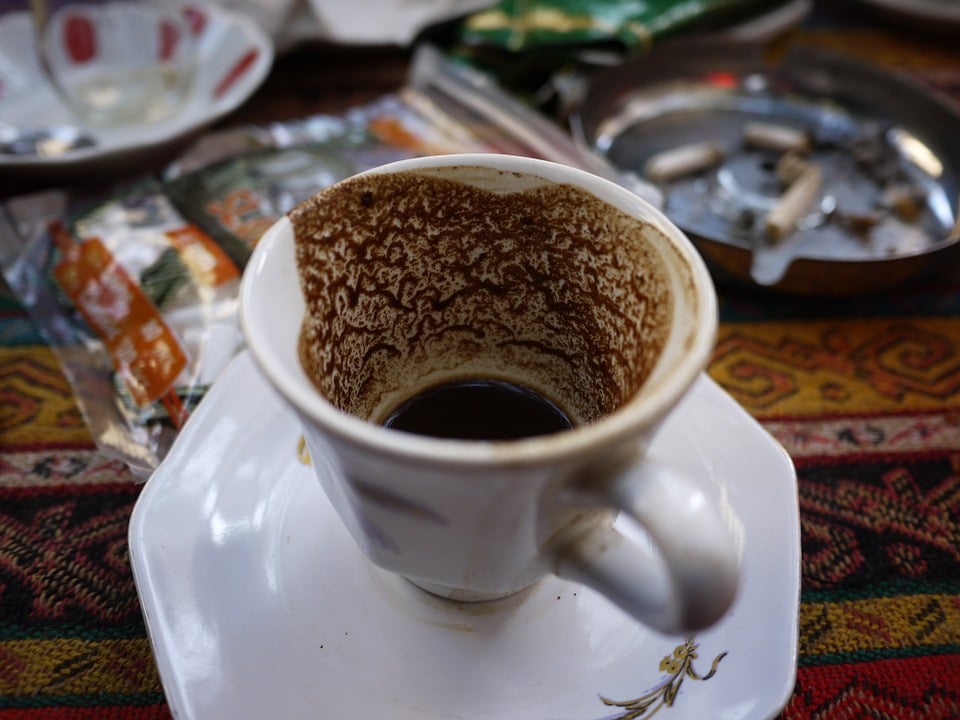 Fortune Telling from A Cup of Coffee
Fortune Telling from A Cup of Coffee

